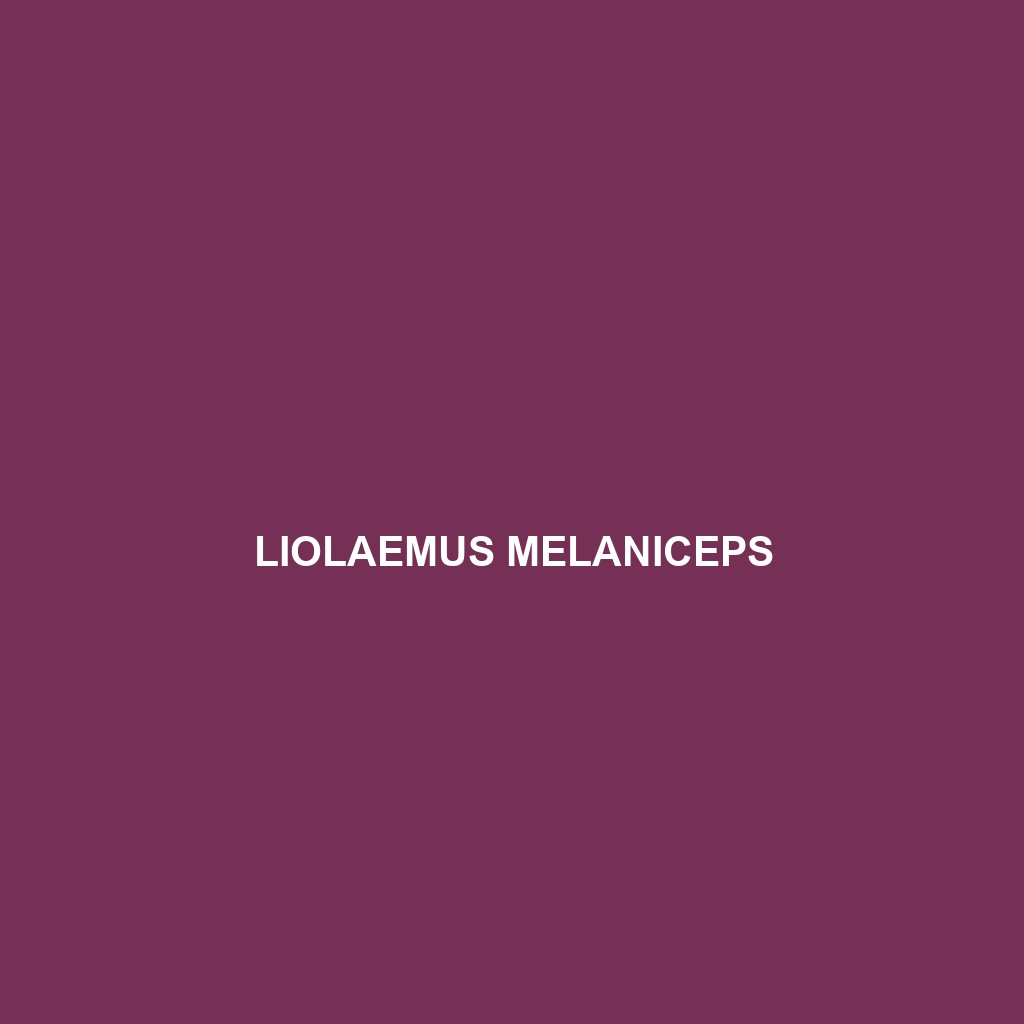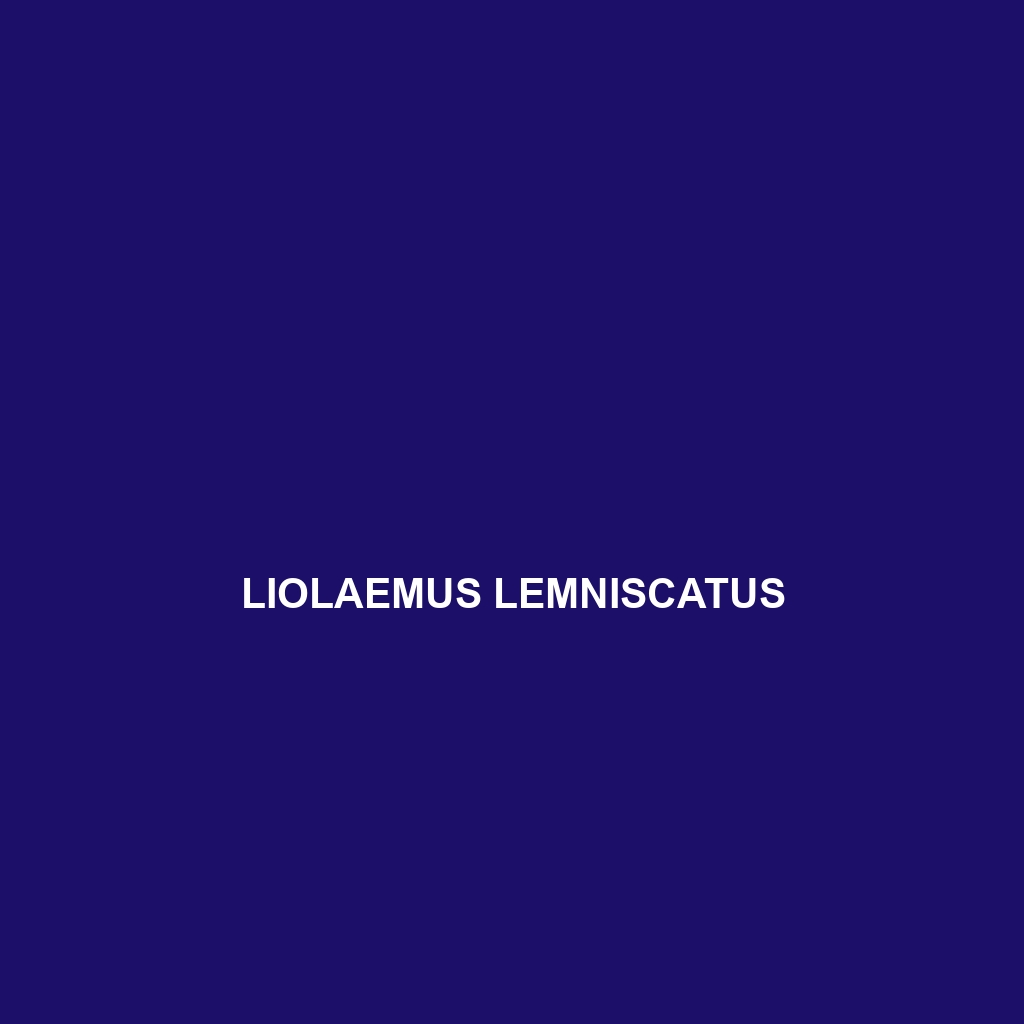<p>The <b>Phelsuma seippi</b>, native to Madagascar, is a vibrant, diurnal lizard known for its striking green coloration with blue spots and arboreal lifestyle. As an insectivorous species, it plays a crucial role in its ecosystem by controlling insect populations and aiding in plant pollination.</p>
Tag: social behaviors in reptiles
Pachydactylus monicae
Discover the resilient Pachydactylus monicae, a nocturnal lizard native to the arid regions of southern Africa, including Namibia and the Kalahari Desert. With a slender body reaching 15-20 cm, large flat toes for navigating sandy terrain, and a diet primarily composed of insects, this species plays a vital role in maintaining ecological balance while showcasing fascinating behavioral adaptations in extreme climates.
Liolaemus neuquensis
<p><b>Liolaemus neuquensis</b>, found in the temperate forests and savannas of Neuquén, Argentina, is a diurnal lizard measuring 10 to 15 cm, known for its distinctive dorsal scales and mottled coloration. This insectivorous species exhibits fascinating social behaviors and plays a crucial role in its ecosystem by controlling insect populations and serving as prey for larger animals.</p>
Liolaemus melaniceps
Experience the remarkable Liolaemus melaniceps, a unique insectivorous lizard found in the temperate forests and grasslands of South America, known for its distinct melanistic head coloring and agile hunting skills, playing a vital role in its ecosystem as both predator and prey. This species thrives in diverse habitats, showcasing fascinating social interactions and adaptations that enhance its survival.
Liolaemus lemniscatus
Discover the captivating Liolaemus lemniscatus, a vibrant lizard native to the temperate forests and savannas of Chile and Argentina, characterized by its striking golden-yellow lateral stripe and unique adaptability to diverse habitats. This diurnal omnivore plays a vital role in its ecosystem by controlling insect populations and supporting plant biodiversity.
Darevskia rostombekowi
remarkable Darevskia rostombekowi, a slender lizard native to the rocky slopes of the Greater Caucasus mountains, featuring distinctive brown, gray, and yellow coloration. This vulnerable species plays a crucial role in its ecosystem by controlling insect populations and serves as a food source for larger predators.
Cryptoblepharus ater
Cryptoblepharus ater, also known as the black skink, is a diurnal species found in Australia's coastal and rocky habitats, measuring 10 to 15 cm with smooth, shiny scales that range from brown to black. This agile insectivore plays a vital role in controlling insect populations while adapting well to both urban and rural environments.</p>
Aspidoscelis guttatus
<p><b>Aspidoscelis guttatus</b>, commonly known as the Western Whiptail, is a slender, diurnal lizard found in arid scrublands and grasslands of the southwestern United States and Mexico. With striking stripes and smooth scales, this insectivore plays a vital role in its ecosystem by controlling insect populations and serving as prey for larger animals.</p>







